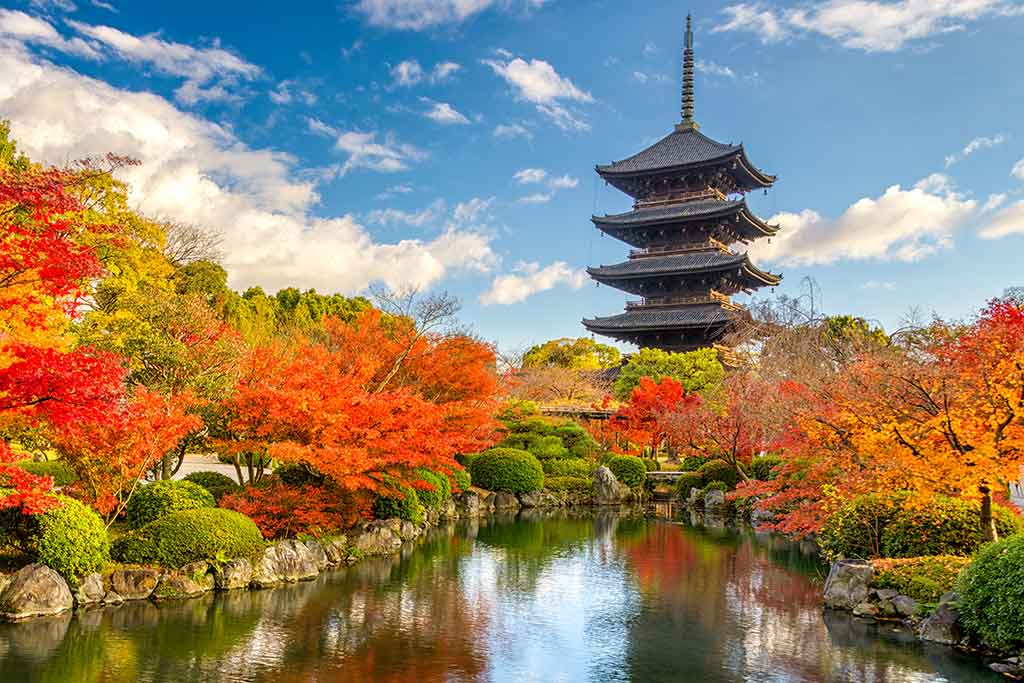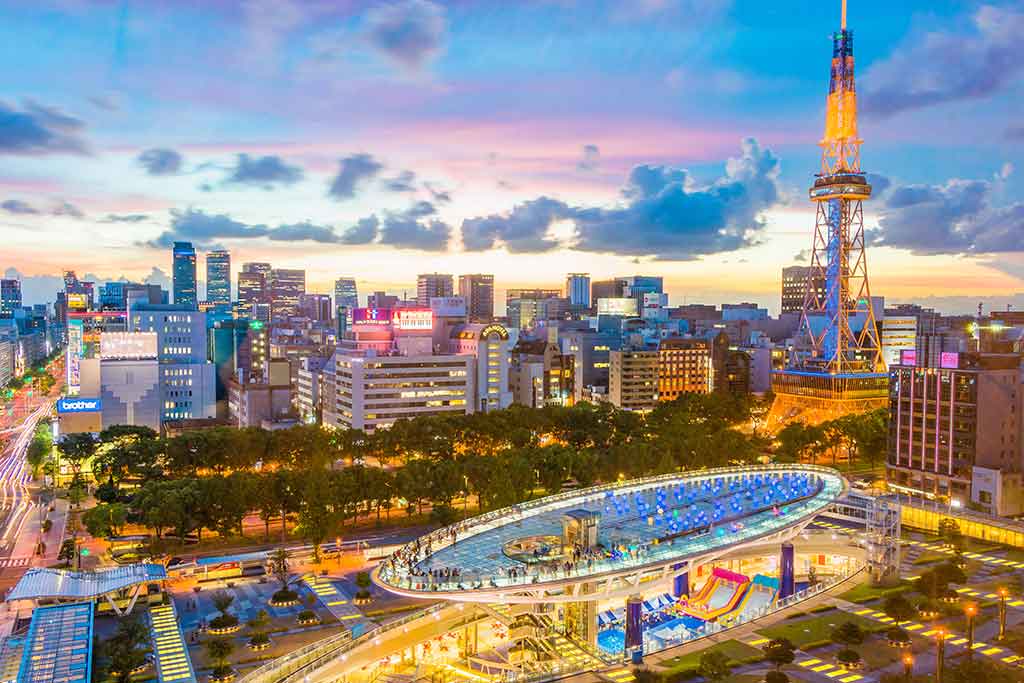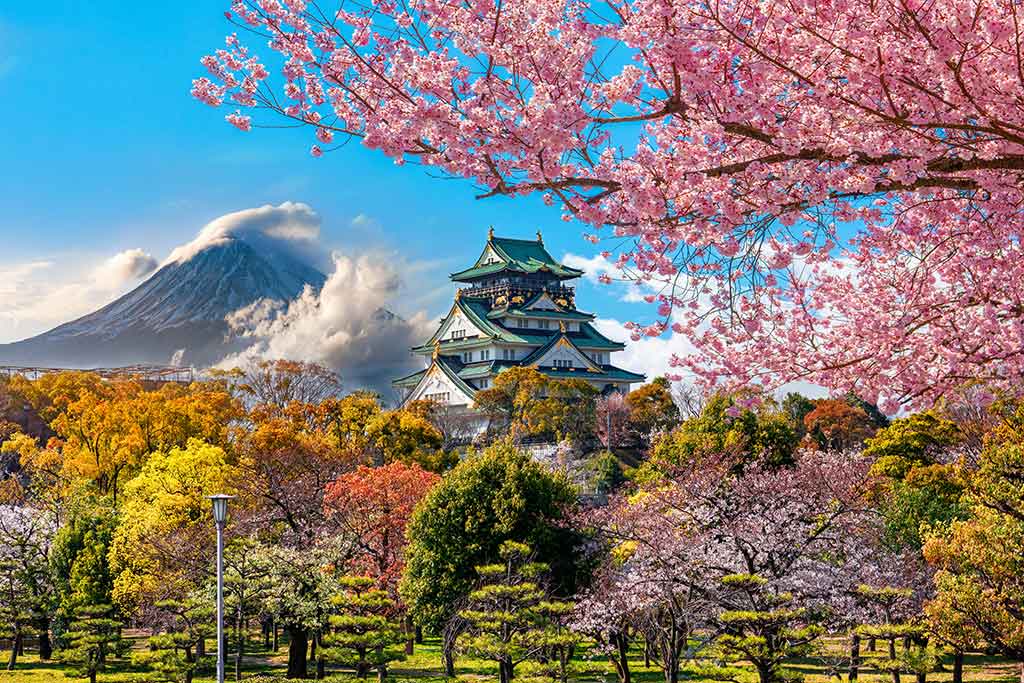Japan Private Jet Charters

Instant Japan Private Jet Price Estimates
Book a Private Jet to or from Japan
Paramount Business Jets provides premium private jet charters to, from, and within Japan, delivering a seamless blend of unparalleled comfort, absolute privacy, and meticulously personalized service. Whether your journey takes you to the vibrant heart of Tokyo, the financial hub of Osaka, or the serene landscapes of Hokkaido, our expert team organizes every detail of your flight.
From important business trips to exclusive luxury getaways, we design each charter around your unique schedule and preferences. Forget the congestion of commercial travel; with us, your journey is defined by efficiency, discretion, and an unwavering commitment to excellence.
Flexible Aircraft Options for Every Journey
With access to over 4,000 private aircraft worldwide - including 34 jets based right here in Japan - we ensure the perfect jet for every mission. we ensure the perfect jet for every mission. Our diverse range of aircraft ranging from cost-efficient light jets for short flights, midsize or super midsize jets for longer distances, or large jets, ultra long-range jets, or VIP airliners for extended travel and group charters - caters to any requirement, offering a bespoke solution for your travel needs.
- Light & Midsize Jets: Ideal for cost-efficient short-haul flights within Japan, connecting cities like Tokyo and Osaka with speed and agility.
- Super Midsize & Large Jets: Perfect for longer domestic routes or international travel, offering greater range and cabin comfort for destinations like Sapporo or Okinawa.
- Ultra Long-Range Jets & VIP Airliners: The ultimate choice for intercontinental journeys and large group charters, providing spacious cabins and premium amenities for the highest level of luxury.
Safety is the cornerstone of our service. Every aircraft and operator in our network meets the most stringent international aviation safety standards, giving you complete peace of mind on every flight.
Seamless Service and Competitive Pricing
Our dedicated aviation advisor is available 24/7 to manage every aspect of your journey. From selecting the ideal aircraft and customizing your itinerary to arranging gourmet in-flight catering and seamless ground transportation, we handle all the details so you can relax and enjoy the experience.
Sustainable Aviation
We are committed to a greener future for private aviation. Ask your aviation advisor about our carbon offset programs and access to the most fuel-efficient aircraft, allowing you to travel responsibly without compromising on luxury or performance.
Why Choose Paramount Business Jets?
- Luxury: Access to over 4,000 premium private jets worldwide.
- Safety: Certified aircraft and operators meeting the highest safety standards.
- Convenience: 24/7 expert support and personalized service.
- Customization: Fully tailored travel experiences for your unique needs.
- Competitive Pricing: Personalized quotes offering exceptional value.
Book Your Private Jet to Japan Today
Discover the pinnacle of private air travel. Contact our aviation advisors 24/7 at +1-877-727-2538 or use our online charter flight quoting system to receive a private jet quote for your next private jet charter to, from, or within Japan.

Japan Private Jet Pricing
Private jet pricing for charter flights to, from, or within Japan varies based on factors like aircraft type, route, and additional services, and typically ranges from $2,000 to $14,000+ per flight hour, depending on the type of aircraft and services.
Additional expenses, such as landing fees, fuel surcharges, and in-flight services, can further impact the total cost. Despite the premium pricing, options like empty leg flights and jet cards can provide more affordable access to the convenience and luxury of private jet travel in Japan.
Travelers can choose between on-demand charters for flexibility or private jet card membership options like jet cards for fixed hourly rates and added convenience, making private jet travel a premium yet tailored experience in Japan.

Very Light Jets

Light Jets

Super Light Jets

Midsize Jets
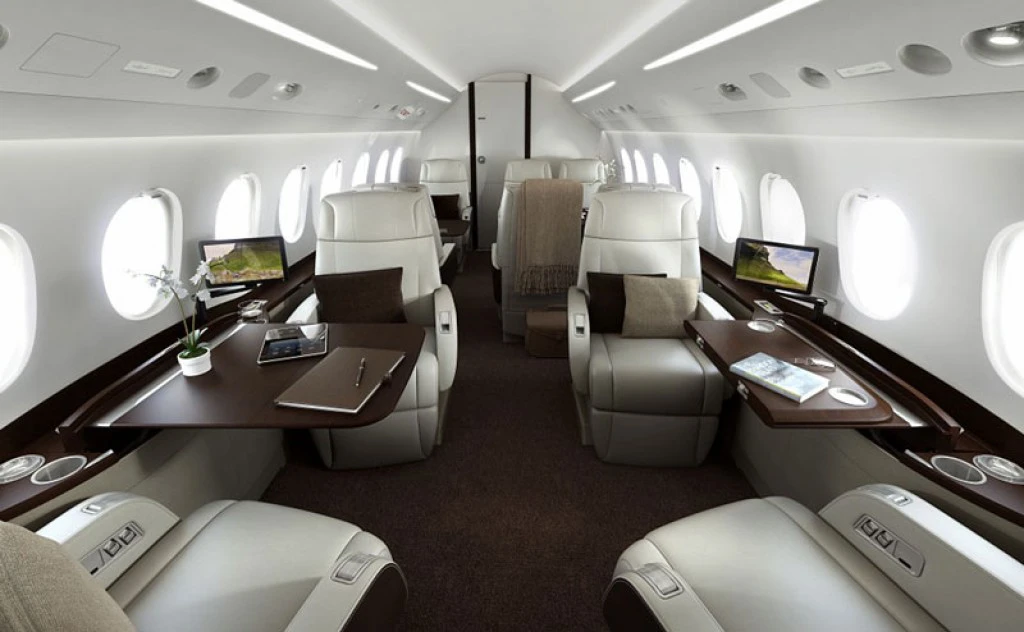
Super Midsize Jets

Large Jets

Ultra Long Range Jets
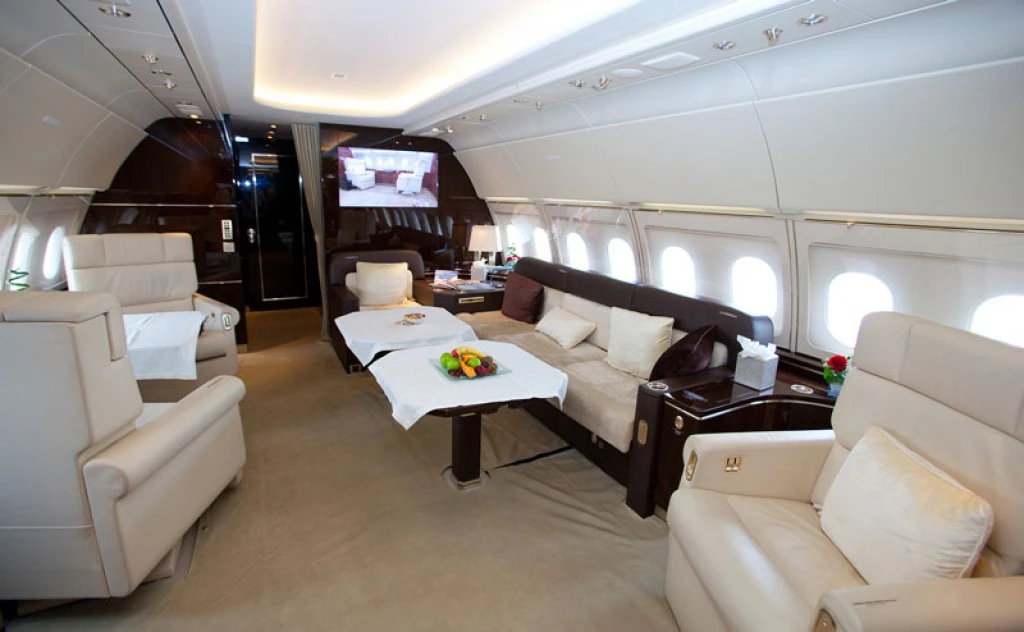
VIP Airliners
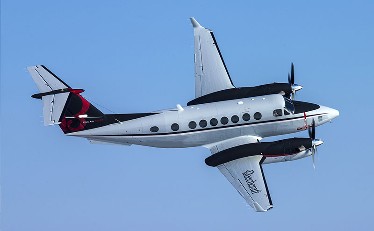
Turboprop Aircraft
Japan Charter Destinations
Japan is a captivating destination where ancient traditions meet cutting-edge modernity. Known for its clean cities, punctual transportation, and efficient infrastructure, it offers a smooth and enjoyable travel experience. In Tokyo, the capital city, visitors can explore towering skyscrapers, neon-lit streets, and high-tech innovations. Popular districts like Shibuya and Shinjuku are full of energy, while landmarks such as Tokyo Tower and Tokyo Skytree offer panoramic views of the city.
Outside Tokyo, Japan’s rich cultural heritage comes to life in places like Kyoto, the former imperial capital. Here, travelers can visit historic temples like Kinkaku-ji (Golden Pavilion) and Fushimi Inari Shrine, walk through the peaceful Arashiyama Bamboo Grove, or take part in a traditional tea ceremony. These experiences provide a deeper understanding of Japan’s timeless traditions and serene beauty.
Nature lovers will find plenty to explore across Japan’s diverse landscapes. Mount Fuji stands as a national icon and offers unforgettable hiking experiences, while the Japanese Alps are perfect for skiing and mountain adventures. For those seeking a more tropical escape, Okinawa’s white-sand beaches and coral reefs offer a completely different side of Japan.
Japanese cuisine is world-renowned for its flavor, freshness, and artistry. From sushi and sashimi to ramen and tempura, food in Japan is both a cultural and sensory journey. Visitors can enjoy fine dining at Michelin-starred restaurants or savor authentic local dishes at traditional izakayas and street markets. Wherever you go, the food is an essential part of the experience. As one of the most unique and influential countries in Asia, Japan offers unforgettable experiences for every type of traveler.
Top Japan Private Jet Routes
Top Private Jet Airports in Japan
Here are some of the popular private jet airports in Japan:
- Tokyo Haneda Airport (HND): Located in Ota, Tokyo, Haneda Airport is one of Japan's busiest airports and offers excellent facilities for private jet operations. It provides convenient access to Tokyo and its surrounding areas.
- Tokyo Narita Airport (NRT): Situated in Narita, Chiba Prefecture, Narita Airport is another major international gateway serving the Tokyo metropolitan area. It offers comprehensive services for private jets, accommodating both domestic and international flights.
- Osaka Itami Airport (ITM): Located in Itami, Osaka Prefecture, Itami Airport primarily serves domestic flights but also caters to private jet operations. It is conveniently situated for travelers visiting Osaka and nearby Kyoto and Kobe.
- Osaka Kansai International Airport (KIX): Situated on an artificial island in Osaka Bay, Kansai Airport is one of Japan's most important international airports. It features dedicated facilities for private jets and provides access to the Kansai region, including Osaka, Kyoto, and Nara.
- Chubu Centrair International Airport (NGO): Located on an artificial island in Ise Bay, near Nagoya, Centrair Airport is a key gateway for central Japan. It offers modern amenities for private jet travelers exploring the Chubu region.
These airports offer strategic access points for private jet travelers to explore Japan's vibrant cities, cultural landmarks, and natural beauty with efficiency and convenience.
Top Sights in Japan
Here are some of Japan's renowned private jet charter destinations and their iconic landmarks:
- Tokyo Tower: Iconic red and white tower offering panoramic views of Tokyo.
- Senso-ji Temple: Ancient Buddhist temple in Asakusa with a bustling market street (Nakamise Dori).
- Shibuya Crossing: Famous intersection outside Shibuya Station, known for its crowds and neon lights.
- Meiji Shrine: Shinto shrine surrounded by a tranquil forest in the heart of Tokyo.
- Tsukiji Outer Market: Vibrant market with fresh seafood, street food, and culinary delights.
Kyoto:
- Kinkaku-ji (Golden Pavilion): Zen Buddhist temple covered in gold leaf, surrounded by gardens.
- Fushimi Inari Taisha: Shinto shrine famous for its thousands of torii gates lining hiking trails.
- Arashiyama Bamboo Grove: Serene bamboo forest with pathways for peaceful walks.
- Kiyomizu-dera: Historic Buddhist temple with a wooden stage overlooking Kyoto.
- Gion District: Traditional geisha district with wooden machiya houses and tea houses.
Osaka:
- Osaka Castle: Historic castle with a museum showcasing Osaka's history and samurai culture.
- Dotonbori: Famous entertainment district known for its neon lights, restaurants, and street food.
- Shitenno-ji Temple: Oldest Buddhist temple in Japan, with a five-story pagoda and garden.
- Universal Studios Japan: Theme park with rides and attractions based on popular movies and TV shows.
- Osaka Aquarium Kaiyukan: One of Japan's largest aquariums, featuring a variety of marine life.
Hiroshima:
- Hiroshima Peace Memorial Park: Memorial park commemorating the atomic bombing, with the Peace Memorial Museum and A-Bomb Dome.
- Itsukushima Shrine (Miyajima): Shinto shrine on Miyajima Island, known for its floating torii gate and scenic beauty.
- Hiroshima Castle: Reconstructed castle with exhibits on Hiroshima's history and panoramic views of the city.
- Shukkeien Garden: Historic garden with miniature landscapes, tea houses, and cherry blossoms.
- Hiroshima Museum of Art: Art museum featuring works by Japanese and Western artists.
Nara:
- Todai-ji Temple: Buddhist temple housing Japan's largest bronze statue of Buddha (Daibutsu).
- Nara Park: Park known for its free-roaming deer, Todai-ji Temple, and Kasuga Taisha Shrine.
- Kasuga Taisha Shrine: Shinto shrine known for its lanterns and forested setting.
- Nara National Museum: Museum showcasing Buddhist art and artifacts.
- Isuien Garden: Japanese garden with ponds, bridges, and teahouses.
Hokkaido (Sapporo, Hakodate):
- Sapporo TV Tower: Observation tower offering views of Sapporo and Odori Park.
- Odori Park: Central park in Sapporo, host to festivals and events throughout the year.
- Shiroi Koibito Park: Chocolate factory and museum in Sapporo, famous for its Shiroi Koibito cookies.
- Mount Moiwa Ropeway: Cable car offering panoramic views of Sapporo and Ishikari Bay.
- Goryokaku Park: Star-shaped fort in Hakodate, with cherry blossoms in spring and autumn foliage.
Okinawa:
- Shurijo Castle: Former royal palace of the Ryukyu Kingdom, reconstructed with vibrant red colors.
- Okinawa Churaumi Aquarium: One of the largest aquariums in the world, known for whale sharks and coral reefs.
- Kokusai Street: Main shopping street in Naha, lined with shops, restaurants, and entertainment.
- Shikina-en Garden: Royal garden of the Ryukyu Kingdom, featuring ponds, bridges, and traditional architecture.
- Cape Manzamo: Scenic rock formation with views of the East China Sea and dramatic cliffs.
Mount Fuji and Fuji Five Lakes:
- Mount Fuji: Iconic volcano and Japan's highest peak, often capped with snow and surrounded by lakes.
- Fuji Five Lakes: Group of lakes (Kawaguchi, Yamanaka, Saiko, Shoji, Motosu) offering views of Mount Fuji.
- Chureito Pagoda: Pagoda with views of Mount Fuji, especially popular during cherry blossom season.
- Hakone Open-Air Museum: Outdoor art museum with sculptures and panoramic views of Mount Fuji.
- Oshino Hakkai: Group of eight spring-fed ponds with clear water and views of Mount Fuji.
Kanazawa:
- Kenrokuen Garden: One of Japan's Three Great Gardens, with seasonal flowers, ponds, and tea houses.
- Kanazawa Castle: Historic castle with reconstructed turrets and a museum on samurai culture.
- Nagamachi Samurai District: Well-preserved samurai district with traditional houses and gardens.
- Higashi Chaya District: Geisha district with wooden teahouses and cultural performances.
- 21st Century Museum of Contemporary Art: Modern art museum known for its unique architecture and exhibitions.
Japan's diverse destinations offer a blend of ancient traditions, natural beauty, and modern innovations, ensuring memorable experiences for travelers exploring this fascinating country.
Japan Jet Charter FAQ
-
Do I have to be a Jet Card member to charter a jet with Paramount?
No. You do not have to become a private jet card member to charter a private jet on demand or as needed. Call us at +1-877-727-2538 to speak with one of our friendly Aviation Advisors about your trip.
-
How far in advance do I need to book my flight?
Ideally, it’s best to book your flight a month or two in advance for best aircraft availability but you can book charter flights with as little as 4 hours of notice.
-
How much does it cost to charter a jet to or from Japan?
The cost to charter a private jet to or from Japan depends on the aircraft type, route, and flight duration. Below are estimated hourly rates (in JPY):
Very Light Jets, Light Jets & Super Light Jets (4–6 passengers):
Approx. ¥294,000 – ¥588,000 per flight hourMidsize Jets & Super Midsize Jets (6–9 passengers):
Approx. ¥588,000 – ¥1,176,000 per flight hourLarge Jets & Ultra Long-Range Jets (10–14 passengers):
Approx. ¥1,176,000 – ¥2,058,000 per flight hourVIP Airliners (18–50+ passengers) – e.g., Lineage 1000, Boeing BBJ, Airbus ACJ: Approx. ¥2,352,000 – ¥3,381,000+ per flight hour
-
Which aircraft types are available for charter in Japan?
Paramount Business Jets offers access to over 4,000 aircraft globally, including:
- Very Light, Light & Super Light Jets (e.g., Citation Mustang, Phenom 300): Perfect for short to medium-distance trips within Japan or nearby regions (such as Tokyo to Sapporo or Osaka to Seoul), these jets are fast, efficient, and ideal for 4–6 passengers. They combine speed and cost-effectiveness while offering a smooth, comfortable ride.
- Midsize & Super Midsize Jets (e.g., Citation Sovereign, Hawker 900XP): Ideal for longer domestic routes or regional flights across Asia - like Tokyo to Bangkok or Osaka to Singapore - these jets offer greater range, stand-up cabins, and ample space for 6–9 passengers. They’re great for both business and leisure travel.
- Large Jets (e.g. Legacy 600, Challenger 605): These aircraft are well-suited for intercontinental flights and premium business travel. They offer expansive cabins, high-speed connectivity, and luxury amenities for up to 14 passengers -ideal for longer-range routes from Japan to Europe or the U.S. West Coast.
- Ultra Long-Range Jets (e.g. Gulfstream G-650ER, Global Express XRS, Global 7500): Engineered for nonstop global travel, these jets easily handle long-haul routes such as Tokyo to New York or Osaka to London. With elite performance, spacious interiors, and state-of-the-art technology, they provide the highest level of comfort and efficiency.
- VIP Airliners (e.g. Airbus ACJ319, Boeing BBJ, Embraer Lineage 1000): Designed for large groups or ultra-VIP travelers, these converted commercial aircraft feature luxurious lounge areas, conference rooms, private bedrooms, and full-service galleys. Ideal for corporate roadshows, sports teams, or high-level diplomatic missions.
-
What are the top airports in Japan for private jet travel?
Japan offers excellent infrastructure for private aviation. Top private jet airports include:
Tokyo Haneda Airport (HND): Closest to central Tokyo, with VIP terminals and customs facilities.
Narita International Airport (NRT): Serves Tokyo region; ideal for long-haul international arrivals.
Osaka Kansai International Airport (KIX): International hub with oceanfront location and dedicated business jet services.
Nagoya Chubu Centrair International Airport (NGO): Convenient for central Japan, with business and industrial links.
Sapporo New Chitose Airport (CTS): Ideal for access to Hokkaido and ski resorts.
Naha Airport (OKA): Gateway to Okinawa and surrounding islands, popular for leisure travelers.
-
What are the most popular private jet routes to and from Japan?
Popular private jet routes to and from Japan include:
Tokyo ⇄ Los Angeles: A major transpacific route for business, entertainment, and high-end travel, often using ultra long‑range or heavy jets.
Tokyo ⇄ San Francisco: Similar to L.A., this is a frequently chartered route for U.S.– Japan connections.
Seoul ⇄ Tokyo: A shorter high‑frequency route between major Northeast Asian capitals, often served by light or midsize private jets.
Singapore ⇄ Tokyo: A popular route linking Japan with Southeast Asia, especially for business or luxury leisure travel.
Hong Kong ⇄ Tokyo: Another frequent route, often used for corporate travel, finance, or luxury travel in Asia.
Osaka ⇄ Hong Kong, Taipei, Singapore: Common cross‑Asia private jet routes from Osaka for both business and leisure travel.
-
How does Paramount ensure safety for aircraft, crew, and operators?
Paramount Business Jets employs one of the strictest safety policies in the industry. From vetted operators to real-time safety checks, we ensure every flight exceeds all safety margins required by law.
-
Are there customs procedures on international private jet flights?
Yes, but they are typically fast and discreet via private terminals (FBOs). Your Aviation Advisor will coordinate all customs and immigration arrangements.
-
Is Wi-Fi included on my jet with Paramount Business Jets?
Most private jets do have Wi-Fi, but not all. It’s best to let your Paramount Aviation Advisor know that Wi-Fi is important. Some operators charge extra and some include it in the charter price.
-
Is it OK to bring my pet on a private jet charter flight?
Yes! Pets are welcome in the cabin, but please inform your Paramount Aviation Advisor beforehand. We’ll ensure the selected operator is pet-friendly and properly prepared.
-
Which domestic private jet routes are commonly chartered within Japan?
Popular Domestic Private Jet Routes in Japan:
- Tokyo to Osaka: A major business corridor, this route connects Japan’s political capital with its economic hub. Ideal for executive travel and same-day meetings between Tokyo (Haneda or Narita) and Osaka (Itami or Kansai).
- Tokyo to Sapporo: Frequently chartered for leisure travelers heading to Hokkaido’s famous ski resorts in winter or nature escapes in summer. A perfect route for luxury travelers or seasonal tourism.
- Tokyo to OkinawaPopular among travelers seeking tropical island getaways. This route connects Japan’s capital with the beach resorts of Okinawa - ideal for wellness retreats and luxury vacations.
- Tokyo to Fukuoka: A preferred route for both corporate travelers and food lovers visiting the southern island of Kyushu. Fukuoka is known for its business districts and rich culinary culture.
- Osaka to Sapporo: Another well-traveled leisure route, especially during ski season. It provides quick and private access from western Japan to Hokkaido’s mountain regions.
- Tokyo to Hiroshima: Frequently used by business and cultural travelers visiting Hiroshima’s tech industries or historic sites like the Peace Memorial Park and Miyajima Island.
- Tokyo to Nagoya: This short hop is often chartered by executives in the automotive and manufacturing industries, with Nagoya being a major industrial and business center.
- Tokyo to Kagoshima: Connecting the capital with southern Japan, this route is favored by travelers heading to volcanic landscapes, hot springs, and remote luxury resorts in Kyushu.
-
Do I need a visa for private jet flights in Japan?
Visa-Free Entry:
Citizens of over 70 countries - including the United States, Canada, EU nations, the UK, Australia, New Zealand, and several others - do not need a visa for short-term visits (typically up to 90 days) for tourism, business, or transit. You must hold a valid passport and may be asked to show a return/onward ticket and proof of accommodation.Visa Required:
Travelers from countries not covered by Japan's visa exemption agreements must apply for a visa in advance at a Japanese embassy or consulate. This applies whether you're flying privately or commercially.
-
Are empty leg flights available in Japan?
Yes. Empty legs (one-way repositioning flights) can offer up to 75% off regular charter pricing. Ask your Aviation Advisor for current availability.
-
Can I charter a private jet for events in Japan?
Yes, you can definitely charter a private jet for events in Japan. Whether you’re attending business conferences, international summits, cultural festivals, or high-profile events like the Tokyo Motor Show or the G7 Summit, private jets offer unmatched flexibility, privacy, and convenience. They allow you to fly directly to airports closest to your event location, avoid commercial airport crowds, and customize your schedule to fit your needs.
-
Which private jet company is best for charter flights to, from or, within Japan?
Paramount Business Jets has been in business for over 20 years and maintains a 5-star average client satisfaction rating. With vetted operators, strict safety procedures, and the best pricing to or from Japan, Paramount Business Jets is the best choice for worldwide on-demand private charter flights.
-
Ready to book a private jet in Japan or need a quote?
Call Paramount Business Jets today at +1-877-727-2538 or visit our website to request a customized charter flight quote.
Would you like our assistance?
24/7 customer service is there for you.




